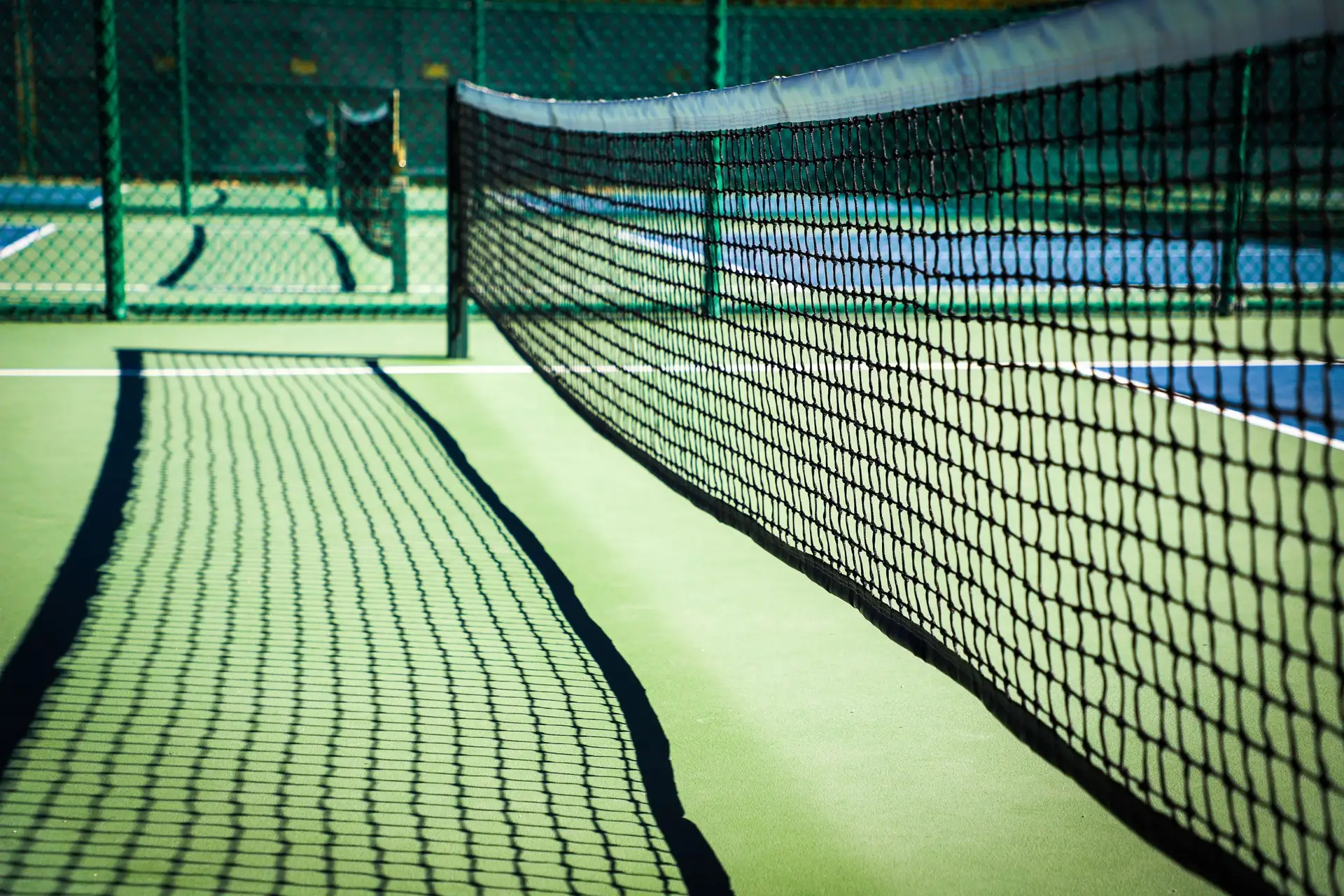For parents, trying to balance work, family, and personal time can be quite the feat. But when it comes to keeping your family active and healthy, choosing activities that all can participate in can be difficult. That is why pickleball has become a popular option for families. It’s a fun and easy game to play that offers health benefits and allows for quality family time. However, before you hit the court, it’s important to know the rules to make sure you are playing the game correctly. Here are some tips to master the rules for pickle ball for a winning game.
First, let’s talk about the court.
The pickleball court is similar in size to a doubles badminton court. The court is 20 feet wide and 44 feet long, with a centerline dividing it into two halves. The non-volley zone, also known as the kitchen, is a rectangular area that is 7 feet from the net. It is an area where players are not allowed to hit the ball. It’s important to keep in mind that when playing doubles, both players must stay on their respective sides of the court at all times.
Next, let’s talk about serving.
Each player gets one serve per turn, and the ball must land inside the opposite diagonal court. The serve must be underhand from behind the baseline, and the server must keep their feet behind the baseline until the ball is struck. The ball must clear the non-volley zone to be considered in play, and it cannot touch the net or any other object before clearing the non-volley zone. If the serve lands outside the court or does not clear the non-volley zone, it is considered a fault, and the serve is lost.
The third important aspect of pickleball is scoring.
The game is typically played to 11 points, and the winner must win by two points. You can score points while serving or receiving. Points are only scored if the serving team wins the rally. If the receiving team wins the rally, they become the new serving team, but they do not score any points. It’s important to keep track of the score and announce it before each serve to avoid confusion.
Finally, let’s talk about faults.
Pickleball has several types of faults, including foot faults, non-volley zone faults, and ball faults. A foot fault is when a player steps on or over the non-volley zone line while hitting the ball. A non-volley zone fault is when a player hits the ball while standing in the non-volley zone or hitting the ball before it bounces in the non-volley zone. A ball fault is when the ball lands outside of the court boundaries, touches the net, or fails to clear the non-volley zone.
Conclusion
Pickleball is a wonderful game for families, promoting bonding and activity. Familiarizing yourselves with the rules is crucial for an enjoyable experience. Troomi phones, families can focus on the game while ensuring everyone’s well-being.
Don’t be picky, get your game on with Troomi! Click here to learn more!

